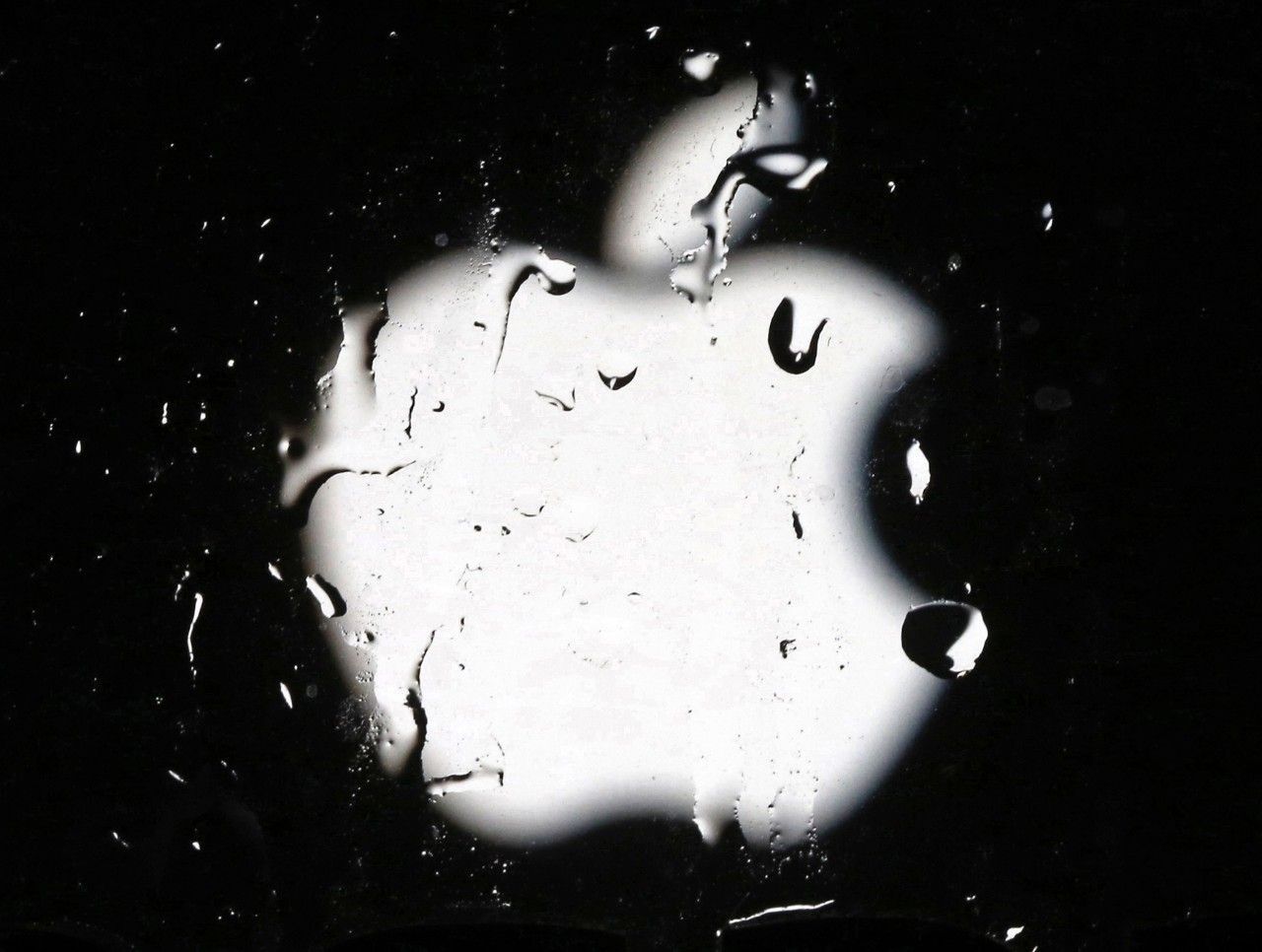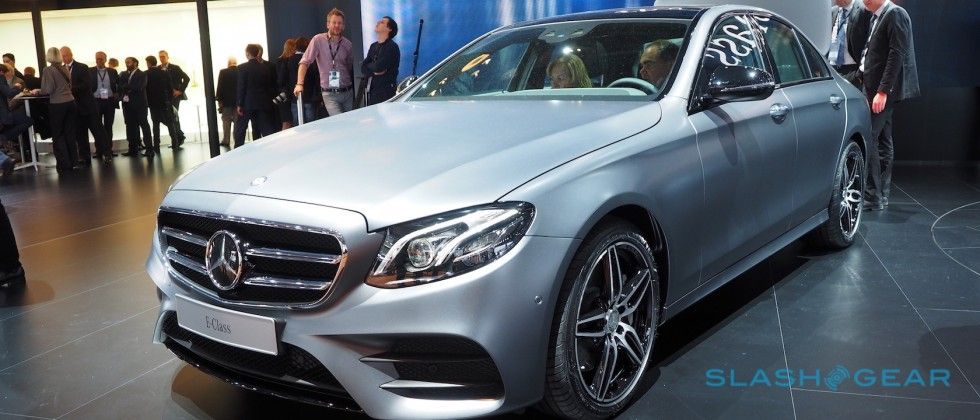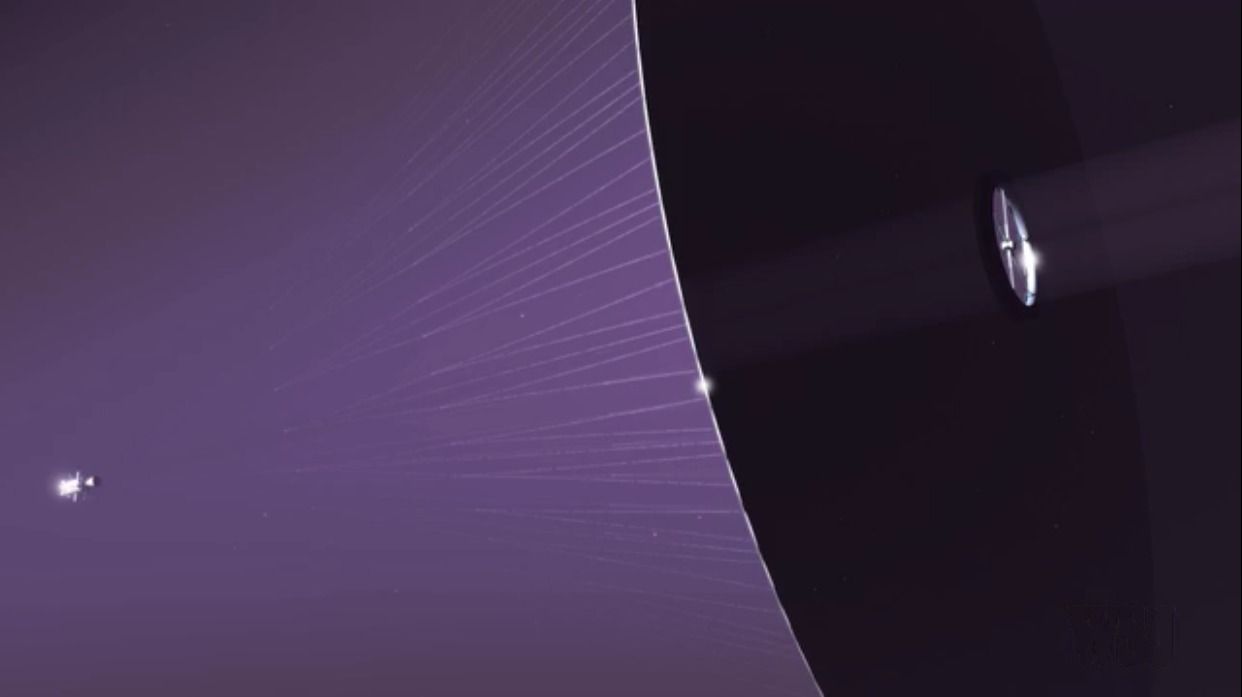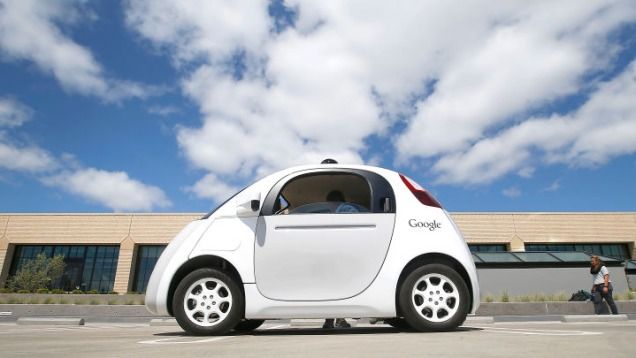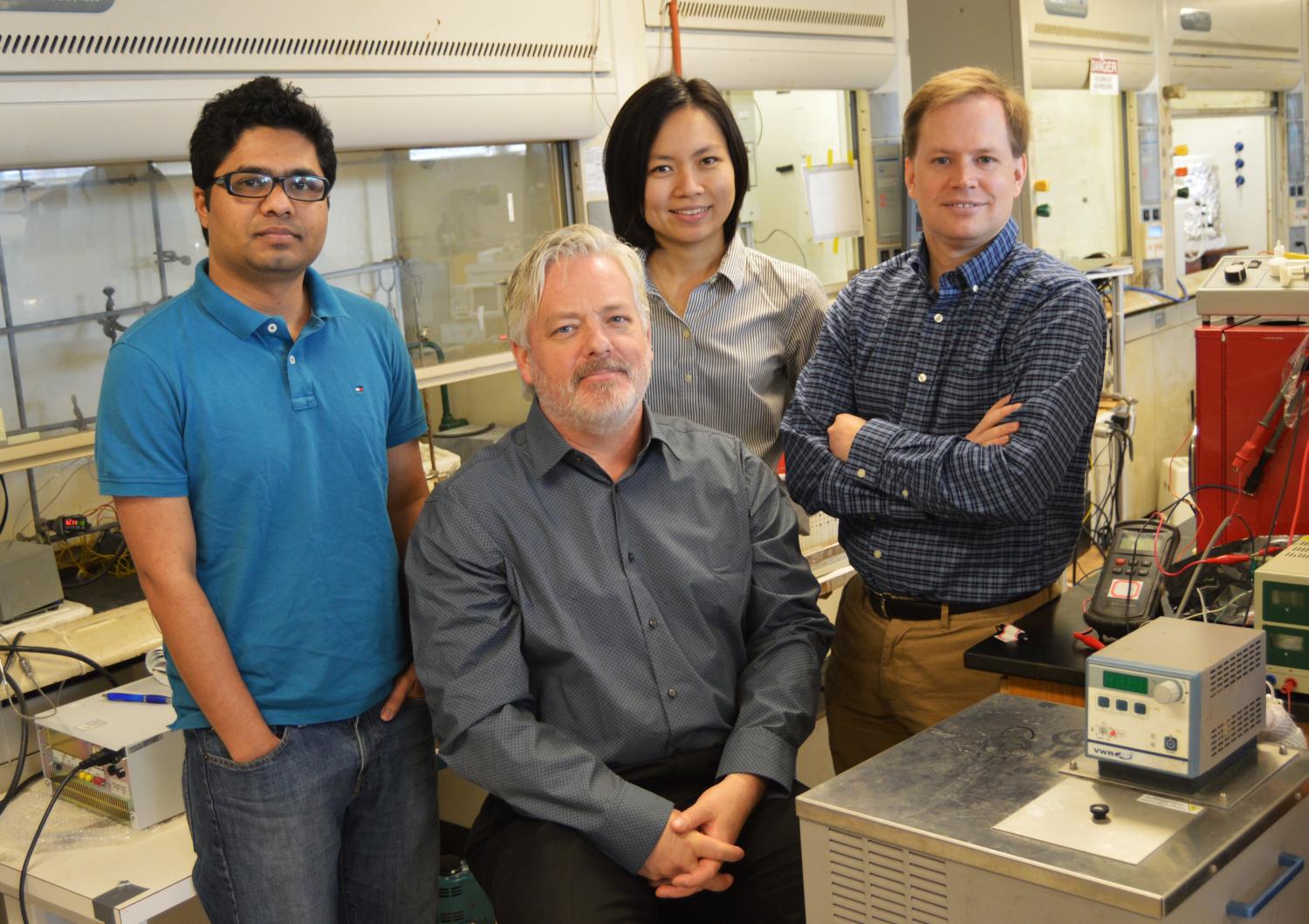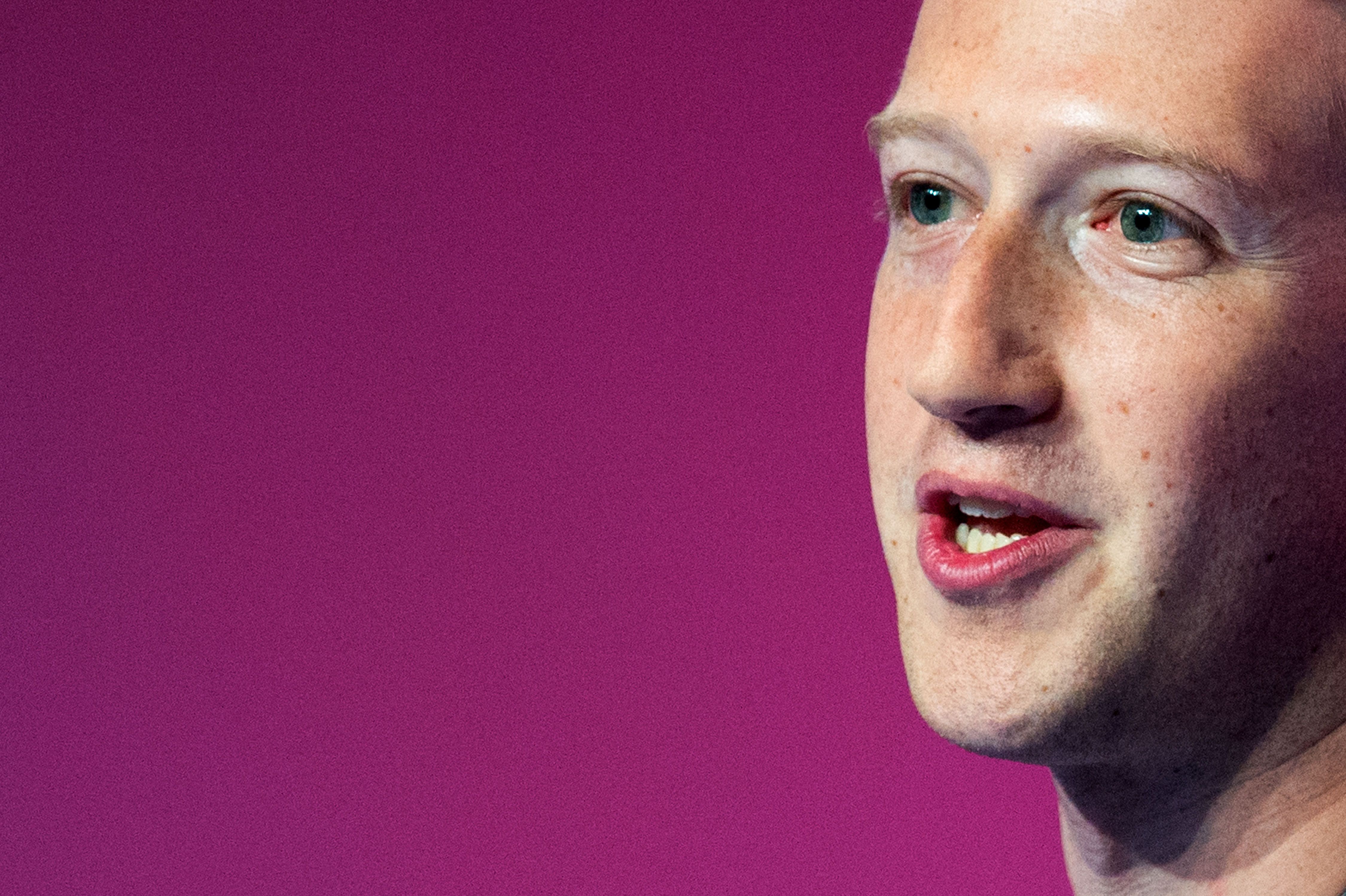A new US Mystery has emerged at Apple. Wonder what it could be?
Strange sounds emanating from a mysterious building in the dead of night. White cars following families as they walk their dogs nearby. Science fiction movie? No, just Apple’s latest project.
Residents of Sunnyvale, Calif., who live near a complex of buildings Apple started occupying in 2014 tell the San Jose Mercury News it’s clear something is going on at the complex, where the sheet metal fences are 12 feet high and security is intense, but no one knows what.
One local says he hears “bangs,” “thumps,” and beeping (like a truck when it backs up) in the wee hours; another says he hears what sounds like a person “waving around” a big piece of sheet metal.
